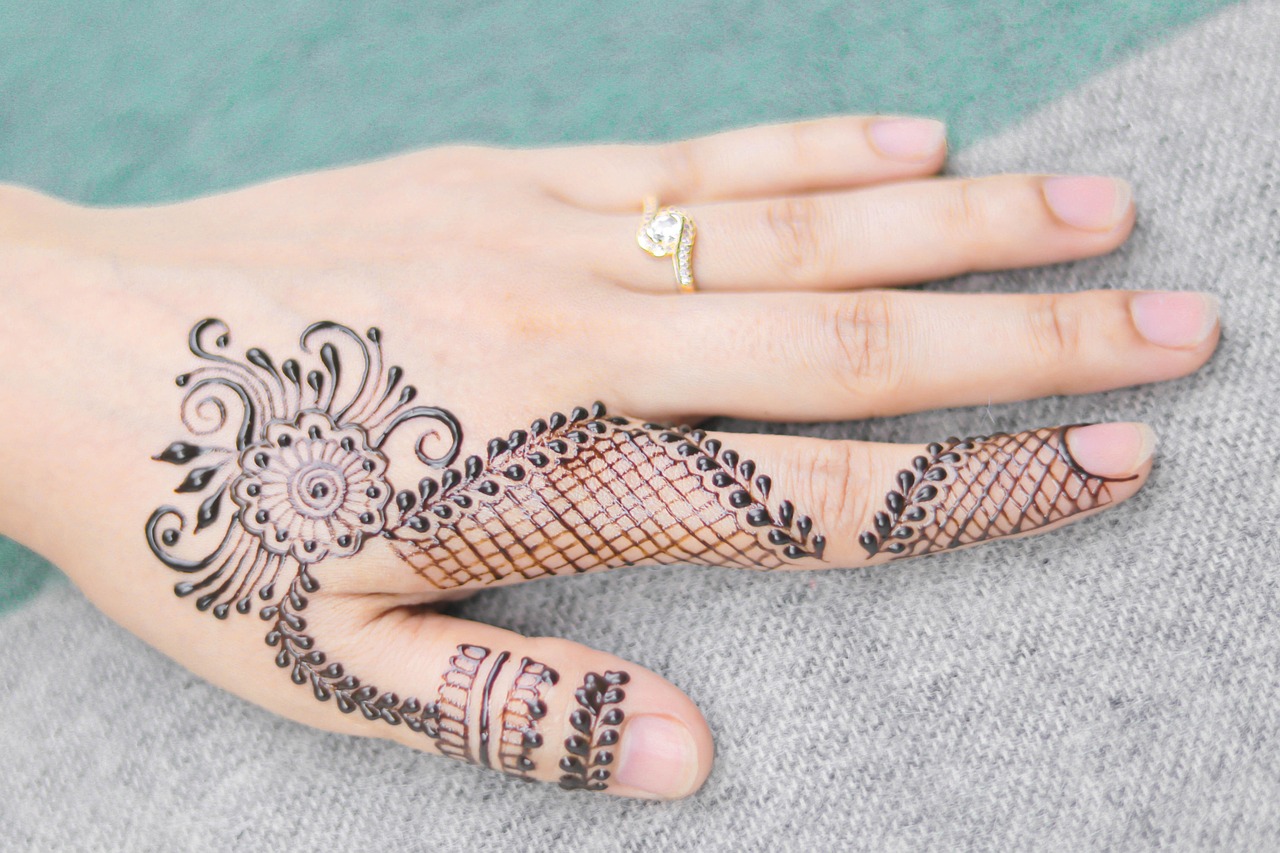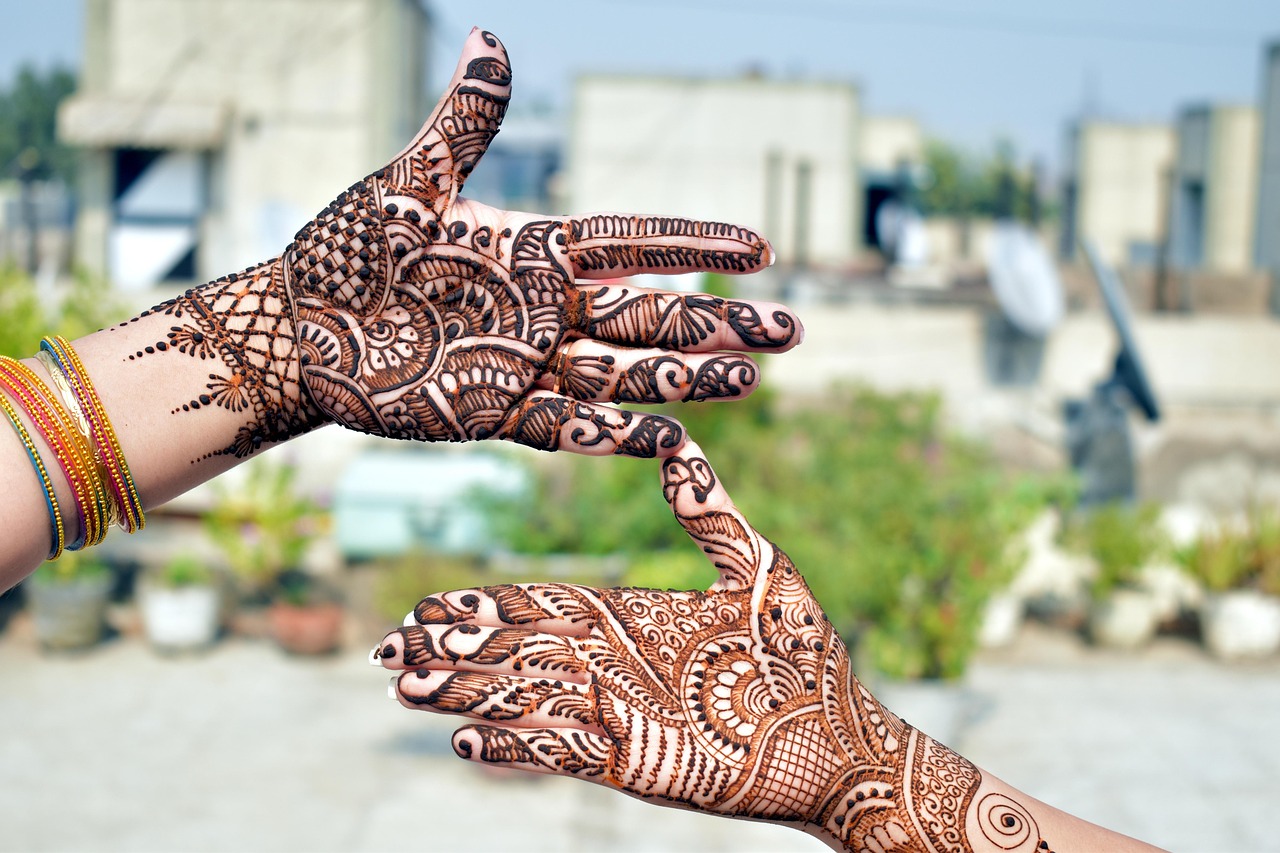Mehndi Design Telugu: Discover Stunning Designs and Cultural Significance
Mehndi, or henna, holds a special place in Indian culture, especially during celebrations like weddings and festivals. For Telugu-speaking communities, mehndi designs are more than just decorationsâthey embody cultural heritage and creativity. In this blog, weâll explore beautiful mehndi design options personalized for Telugu traditions and provide some tips to find the perfect style.
Key Aspect of Mehndi Design Telugu: Traditional and Modern Fusion
Mehndi designs in Telugu culture range from deeply traditional motifs to contemporary patterns. Circular mandalas, peacock elements, and lotus designs often make up the traditional styles. Modern designs, on the other hand, integrate minimalistic floral patterns, geometric shapes, and even personalized initials, offering something unique for everyone.
What are the most popular traditional mehndi designs for Telugu weddings?
In Telugu weddings, brides often choose intricate and elaborate designs that cover the palms, arms, and feet. Popular options include peacock motifs, floral vines, and traditional paisleys signifying good fortune. These designs are timeless and blend beautifully with bridal attire.
Interesting Fact: Mehndiâs Cultural Significance
Did you know? Applying mehndi before major events is believed to bring good luck and ward off evil spirits. This tradition is particularly significant in South India, where brides wear intricate mehndi as part of their Shringaar. Learn more here.
Modern Mehndi Design Trends in Telugu Celebrations
The world of mehndi art has transitioned beyond traditional designs. For Telugu celebrations like Sankranti or Diwali, minimalistic styles with bold strokes are trending. These modern patterns are perfect for casual occasions and are easy to apply.
Are Arabic mehndi designs suitable for Telugu events?
Absolutely! Arabic mehndi designs with their bold flower-filled patterns and empty spaces complement traditional Telugu attire. These designs are versatile, quick to apply, and add a touch of elegance to any celebration.
Case Study: Fusion Trends in Mehndi Art
Many brides now choose a fusion of Arabic and traditional Telugu designs. For instance, Arabic floral patterns bordered with intricate mandalas can create a stunning effect, blending the best of both worlds. This trend signifies the growing demand for customized designs.
Practical Tips for Selecting the Perfect Mehndi Design
Finding the right mehndi design involves considering the occasion, personal taste, and time. Here are some practical tips to ensure you choose a style that suits you:
- Match with your attire: Choose mehndi patterns that complement your outfitâs color and design.
- Go simple for smaller events: Minimalistic designs work great for casual celebrations like birthdays or pujas.
- Hire an experienced artist: For grand events like weddings, opt for a professional mehndi artist to get precise and detailed designs.
How do you take care of mehndi for lasting color?
Once the mehndi is applied, let it dry completely and avoid washing it for at least 24 hours. You can use solutions like lemon juice and sugar to help deepen the stain. Keeping your hands warm also enhances the colorâs intensity.
Expert Tip: Simple Aftercare for Mehndi
According to mehndi artist Rhea Kapoor, âOil the hands with mustard or coconut oil after scraping off the dried mehndi paste. This locks in the stain and keeps your skin moisturized.â Following this tip ensures darker, longer-lasting mehndi.


